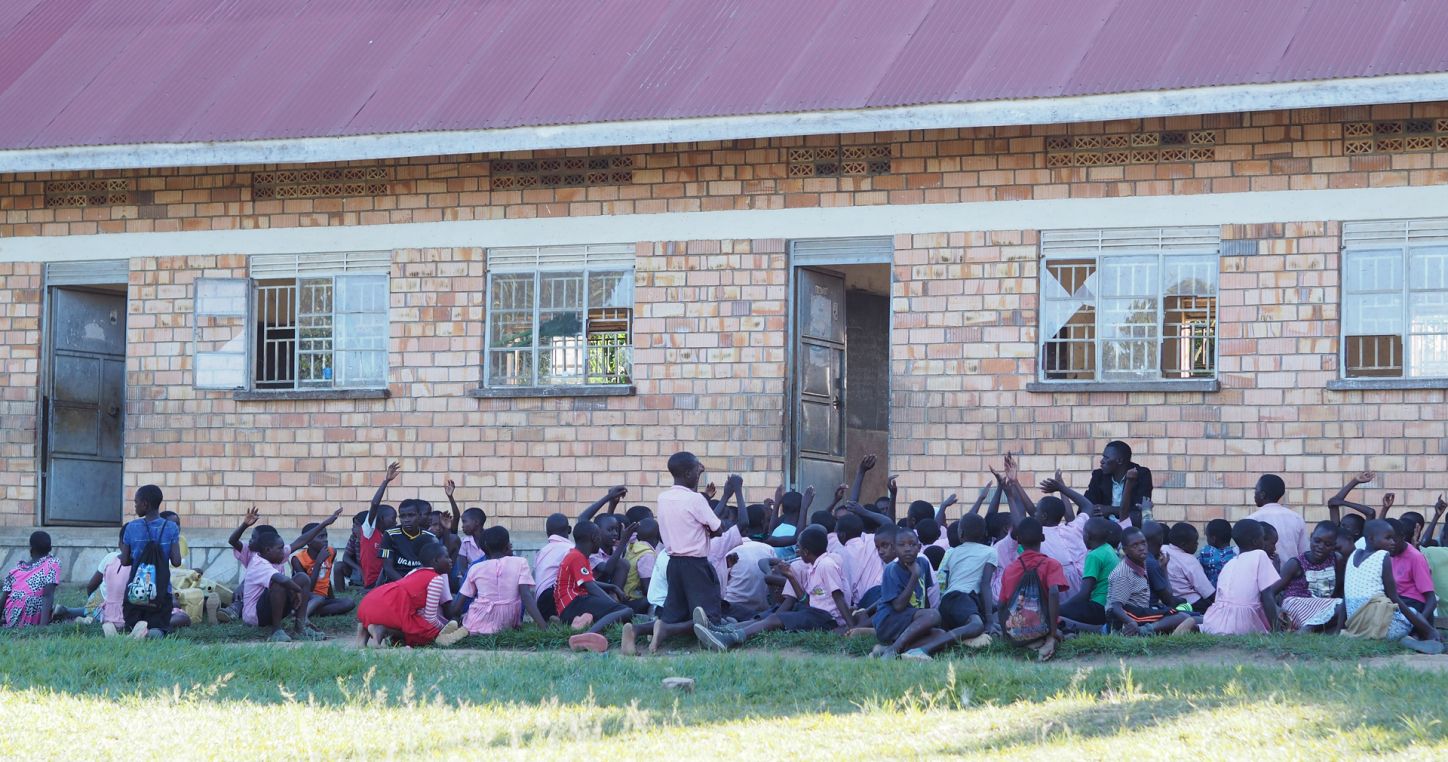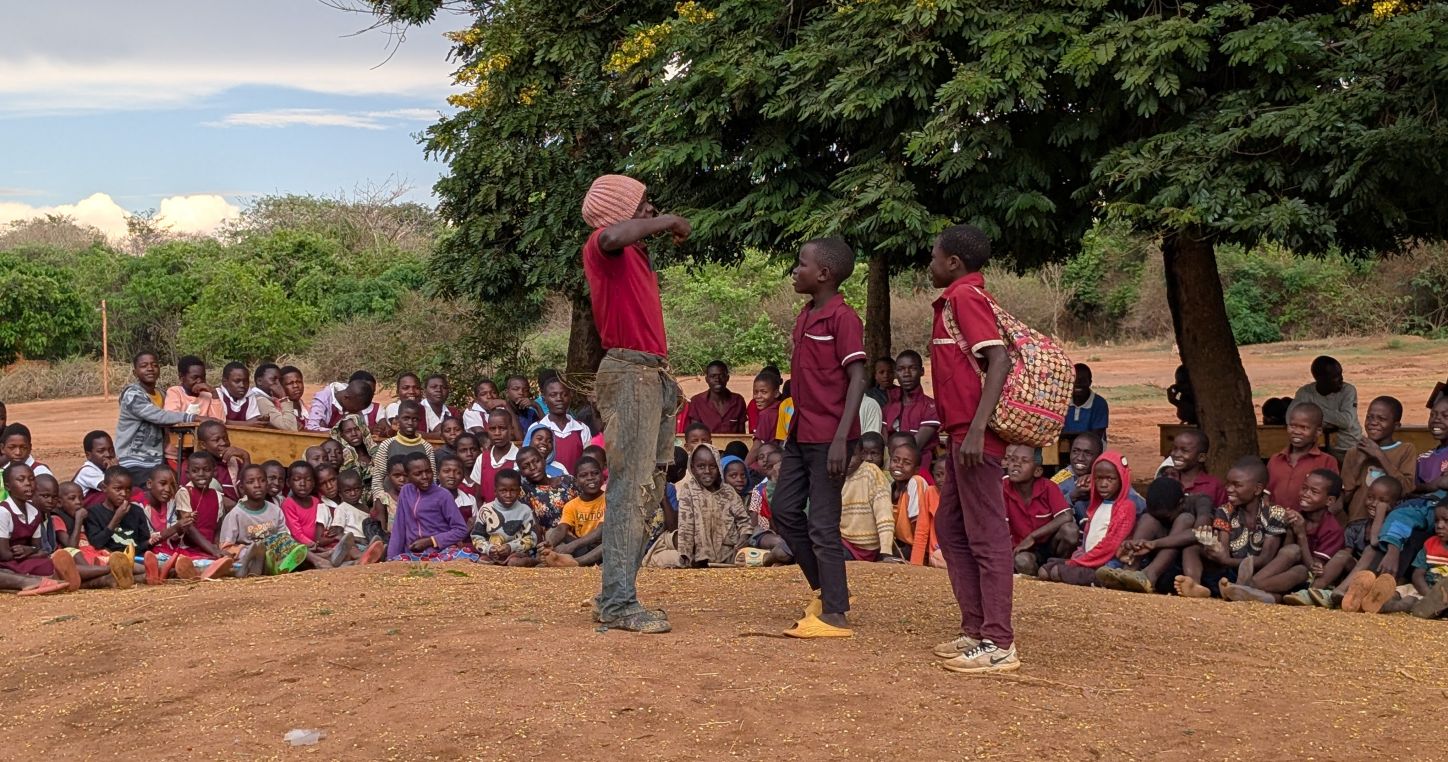
Thanks to an Education International project on child labour, working with union members and their local communities, 1,880 children were brought back to school last year in six participating countries: Burundi, Malawi, Mali, Togo, Uganda, and Zimbabwe.
Education International believes that school communities provide the best environment for children and that a quality public school, with well supported and empowered teachers, and a student-centered approach is the key to addressing child labour.
The project "Promoting Social Dialogue to eradicate child labour and strengthen quality education", with the support from the AOb, Mondiaal FNV and the Fair Childhood Foundation of GEW, provided comprehensive training for 505 teachers and head teachers in the mentioned countries, a key component to the success of the initiative.
These professional development courses and awareness-raising seminars focused on children's rights and child labour issues, with a specific emphasis on gender equality.
Teachers reported that these trainings were an "eye opener", providing them with a better understanding of child labour, the distinction between child labour and child work, and relevant national and international regulations related to children's rights.
The training content was adapted to the specific contexts of each country. Teachers testified during EI visits that while they had already heard a little about child labour, but did not know what it was really. They feel empowered by the trainings they follow.
One teacher, Selami Mwajuma in Burundi, shared,
Union training opened our eyes to Burundi’s child labour laws. For example, I did not know that we could not employ a person under 18 as a domestic helper at our home. I committed not to do so. As teachers, we must set an example of respecting childrens' rights".
Common outcomes of the trainings included teachers developing a stronger ability to track students who had dropped out or were at risk and implement preventive measures. In Uganda, the Uganda National Teachers Union (UNATU) even developed a "tracker" for out-of-school children. Furthermore, the trainings promoted the adoption of child-friendly teaching approaches, leading to the abolishment of corporal punishment and the abandonment of the use of children by teachers for work related tasks.

Pedagogies fostering active learning and creating a more engaging classroom environment were also encouraged. This includes the ban of all physical and verbal violence: showing kindness and patience towards pupils, acknowledging their difficulties.
Teachers also gained a stronger awareness of gender issues and school-related gender-based violence, leading to more inclusive classroom cultures and improved sanitary facilities for girls in some areas.
In Malawi, 65 teachers were trained on the SCREAM (Support Children’s Rights through Education, the Arts and the Media) approach, empowering them to advocate for child rights through creative activities. As a result of these changes, teachers were perceived as more approachable by both students and parents, leading to greater parental involvement in school activities.
The involvement of the broader education community, beyond teachers, was crucial in getting students back to school. Head teachers also participated in the trainings, and the knowledge gained was often shared with the entire school community.

In Mali, teachers in the project schools volunteered to offer remedial classes to ex-working children. Similar project-supported remedial classes were also provided in Malawi and Burundi. In Zimbabwe, the introduction of incubation teachers – specifically trained to welcome and reintegrate children who had been out of formal education for extended periods – provided crucial individualised support.
The head of Goromokwa Primary School in Zimbabwe attested to the impact, stating,
"I have been at this school for 18 years. Thanks to this project, for the first time, we received significant support from our councilor. When I informed him that children were dropping out due to hunger, he provided a 50kg bag of maize seed. He also supplied cement so that parents could build toilet blocks for the pupils".
The collaborative efforts between teachers, school management committees, parent-teacher associations, and local leaders, who were also sensitized and sometimes trained by the unions, created a supportive environment for the return of children to education.
This collective responsibility and the dedication of the education community, fueled by the knowledge and motivation gained through the project's trainings, were instrumental in achieving the significant number of students brought back to school.
Furthermore, the establishment of children's rights clubs, involving 797 pupils in the 6 participating countries, empowered students to become active advocates for their rights, raising awareness within their schools and communities through activities like street theatre. The synergy of actions among these newly sensitized community groups was a key factor driving real change.